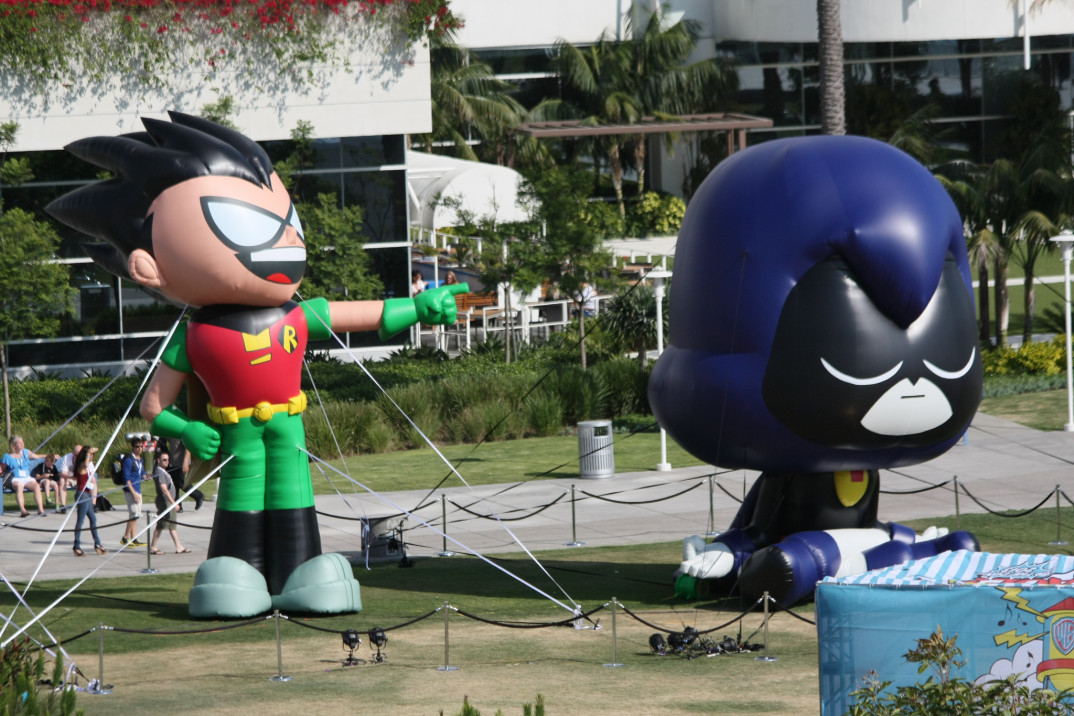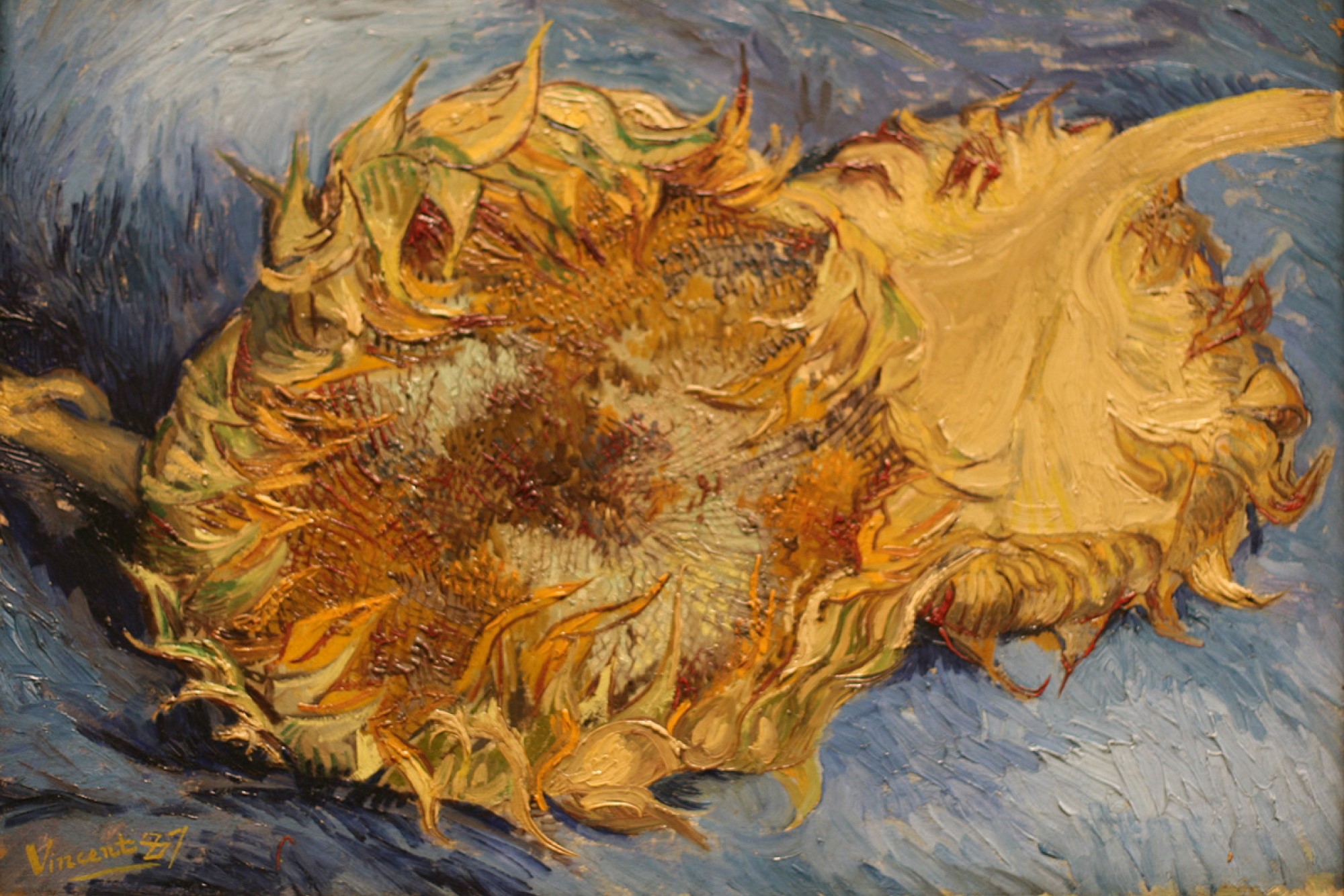Animated Television: A Boys’ Club?
For many people, animated cartoons form a central pillar of childhood. Whether they are classics like Looney Tunes and Tom and Jerry or newer shows like Spongebob Squarepants and The Adventures of Gumball, cartoons have been a primary source of entertainment for generations of children. Besides the occasional fart joke, such cartoons seem fairly harmless. In their representation of women, though, such shows can act as anything but.
These problems were highlighted in a recent podcast featuring Paul Dini, a writer for former cartoons like Batman: The Animated Series and shows like Tower Prep. Discussing the recently-cancelled Young Justice, a show known for its complex story arcs, Dini lamented the marginalization of female characters in cartoons. For companies like Warner Brothers, he argues, it has become standard practice not only to prioritize their male audience, but to deliberately drive female viewers away from their shows.
The issue at heart, he says? Girls don’t buy enough toys, at least not the kind that are typically paired with an animated show. As a result, Dini argues, Warner Brothers allegedly dictated that writers increasingly cater to the “goofy, random” humor successful with young boys, even if it meant consciously dumbing down female characters or erasing complex story arcs entirely.
Scholarly evidence suggests that Dini’s jarring assessment is not an isolated phenomenon. An analysis of four cartoons conducted in 1998 showed similar findings, noting that “males outnumbered females considerably” and “females never played the part of the main hero or problem solver.” Nor is such representation limited to cartoons; films like Miss Representation have explored how women are consistently objectified and caricatured in a variety of media forms, not just cartoons. In this regard, cartoons that disregard female audiences only fall within a wider, damaging media environment that funnels female representations into sexist roles.
Admittedly, the prevalence of these disturbing trends is not universal within cartoons. For example, consider Pendleton Ward’s Adventure Time, which Dini points to as an example of the “young and goofy” approach Warner Brothers is allegedly imitating. While arguably targeted towards the young male demographic, the show has been lauded for its relatively diverse depiction of female characters and approach of topics like gender fluidity. The same could be said for Rebecca Sugar’s Steven Universe, another Cartoon Network show praised for its progressive characters and themes. It appears, then, that the limiting standards placed by some in the cartoon industry can be subverted to positive effect.
As shows like Adventure Time and Steven Universe have shown, creating diverse cartoons can be successful in an otherwise male-dominated environment. However, such exceptions hardly justify the norm. Cartoons are still plagued by catering to male audiences at the expense of female representation, as Dini argues. Such trends only marginalize positive female characters at a time when young girls may be most in need of them.
While potentially flying in the face of corporate profits, a number of solutions to the problem exist. Foremost among these is the possibility of companies investing in shows like Steven Universe, which subvert the male-dominated model but may be seen as a business risk. As Smith argues, these problems could also be solved by creating toys that don’t just cater to boys, rather than cutting female representation as a workaround. Given the popularity of the gender-neutral toy movement in recent years, addressing the source issue in this case could prove more than feasible.
Yet such changes must also be accompanied by a larger shift in how corporate attitudes view cartoon audiences. After all, as Smith points out, women are 51 percent of the human population. To ignore or, in this case, outright dismiss them for the sake of profits is both a grave ethical misstep and a poor business choice.





